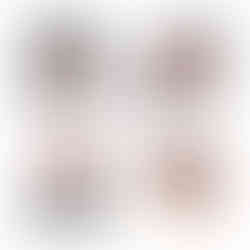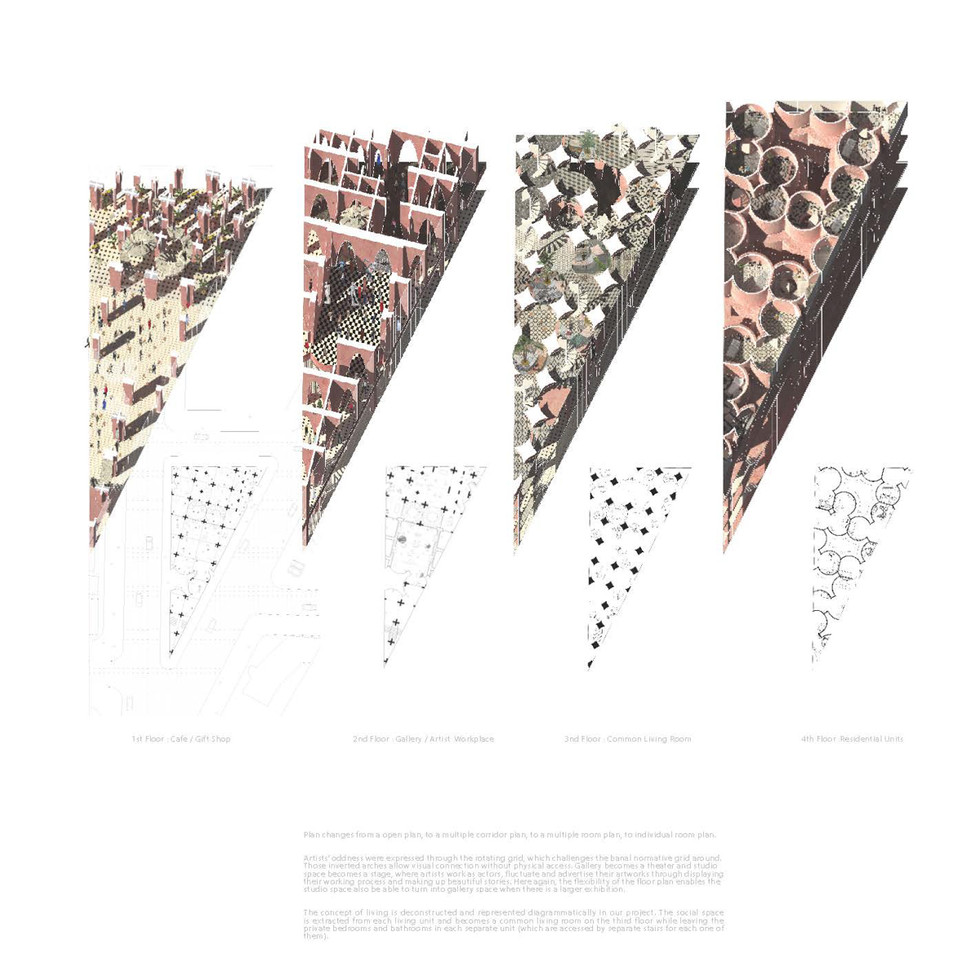ASA-Com-120360119300
- Noppadon Puttijun

- 14 เม.ย. 2561
- ยาว 2 นาที
Zhifei Xu Anthony Lam
China
What if we reconsider archetypes, here specifically roof, be treated as purely form cleansed of its associative surplus (function, context, iconographic definition), which offers the opportunity for its transformation. Here we ask, What are the qualities of architecture in perpetuity? Can we associate architectural flexibility as a typological problem of elongated permanence rather than ephemerality? Can the typology be redefined here with the counterintuitive proposition, that “type” are indeed dynamic, fluid, and evolving entities?
Our design proposal can be considered a response to these questions in its specific context. Roof typology, here is the dome, is used and manipulated in our design. The building is designed as a collection of individual masses aggregated serially through the grid (rotated to challenge the site), trimmed by the site boundary, creating opening and showing the section condition even on the elevation. Each individual unit is composed of a dome as a shape making tool on the top, a dome as a space-making tool inserted as a void, and arches supporting beneath as structure tool. Some units were connected together to form a larger space while other in-between spaces become skylights penetrating through the building.
Here, the dome is the main instigator of the project, but it is freed from its original function, context and iconographic definition. Different from the monumental scale, centrically, serenity classical model of the dome, here the dome act as human scale, vernacular, scattered individual living units. The mixed play between the traditional and contemporary use of dome gives the dome all the possibilities to be associated with architecture history and context, while also setting it free as a typology from any of these. Its how we use architecture history to create something new, conceive flexibility as a typological enigma, or to say, achieve spectacular through vernacular.














ความคิดเห็น